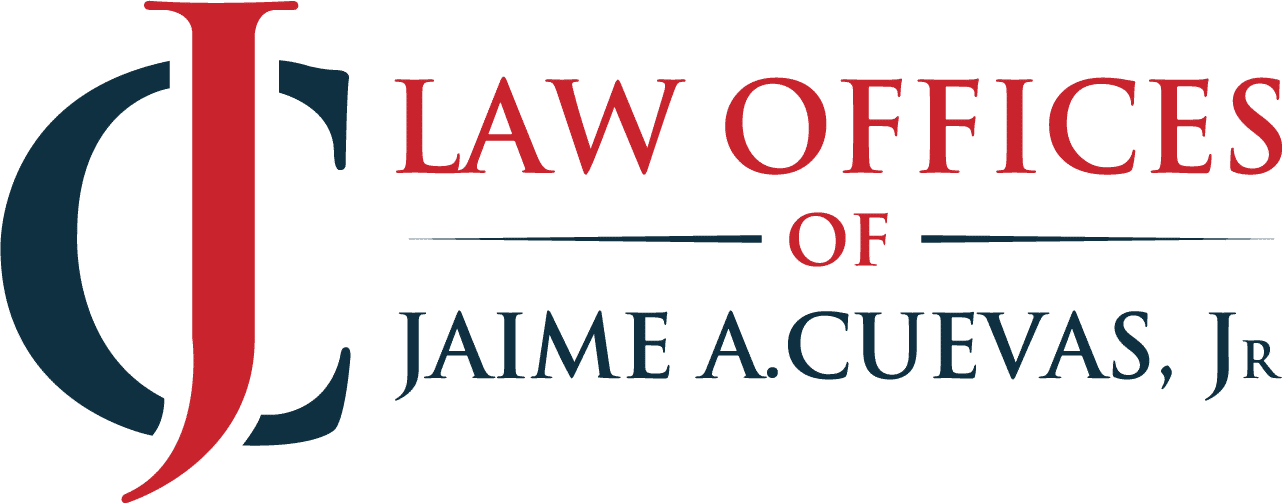The three most common types of bankruptcy are Chapter 7 bankruptcy, Chapter 13 bankruptcy, and Chapter 11 bankruptcy. Each Chapter number relates to a Chapter in the US Bankruptcy Code.
Chapter 7 bankruptcy allows for legal clemency for individual debt and will result in the discharge of the debt. Allowances are provided under bankruptcy law that generally permit the individual who is filing to keep most of their possessions, including their cars, homes, and retirement savings.
Should the Chapter 7 codes not allow for the retention of those possessions or the reported income level is too high to qualify for Chapter 7 bankruptcy, then a Chapter 13 bankruptcy may prove more feasible. If monthly payments are made via a three-to-five-year plan, then a Chapter 13 bankruptcy will prevent the loss of any possessions or assets that would be forfeited under a Chapter 7 bankruptcy. The Chapter 13 codes may also allow for the prevention of foreclosure by allowing the debtor to catch up on overdue mortgage payments. Furthermore, it contains provisions for the “stripping” of a home equity line of credit or a second mortgage.
Chapter 11 bankruptcy, which is less common than Chapter 7 and Chapter 13, is filed by companies, cooperations, business partners, or those who have secured debt that totals more than $1,150,000. This process involves a proposal of a reorganization that will eventually reimburse creditors.
In essence, Chapter 7 bankruptcy results in the forgiveness of all unsecured debt, but may result in the loss of assets. Chapter 13 is the systematic repayment of unsecured debt according to the debtor’s ability to repay, and allows for the retention of more assets. Chapter 11 is a reorganization plan used by businesses and large debtors.

